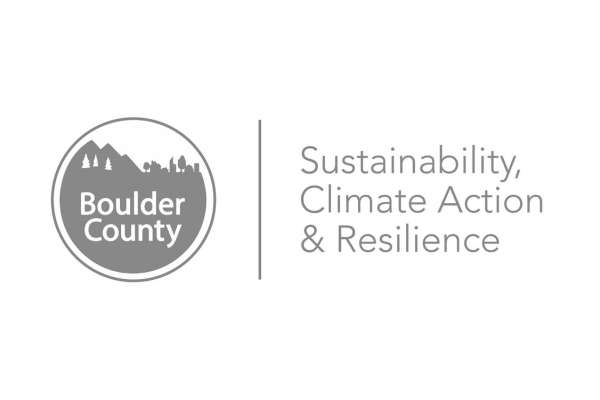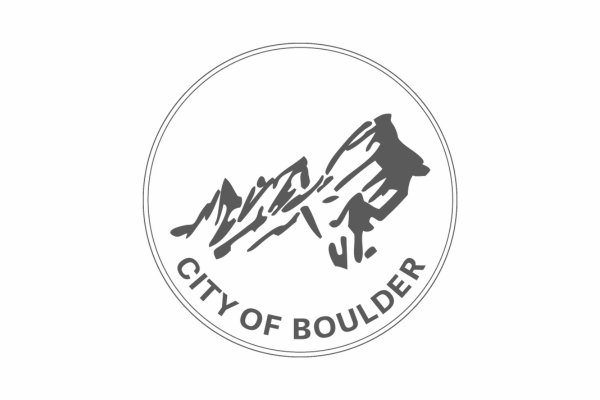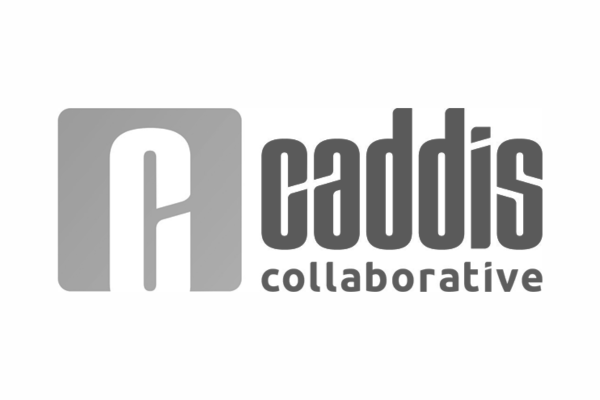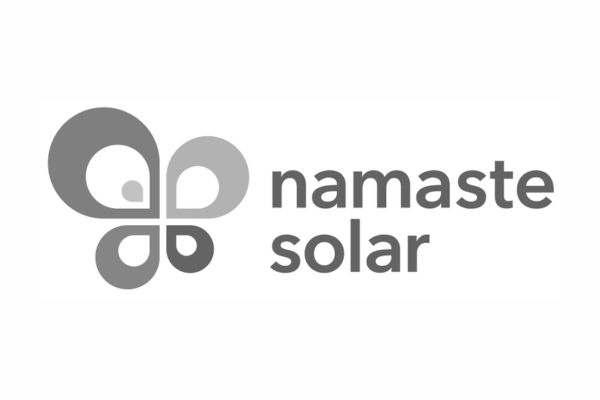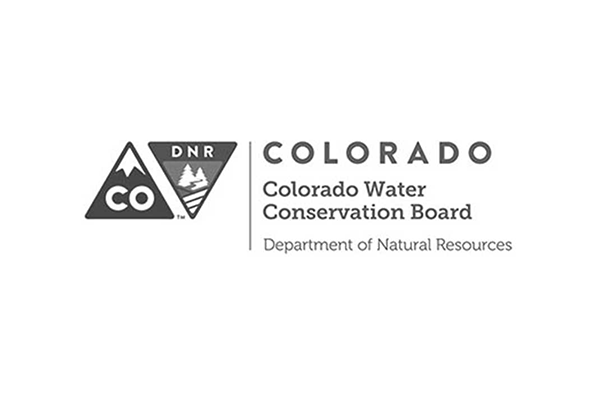Ask Miss Jean!

Jean Lovell, long-time Resource Central volunteer and former master gardener, tackles your gardening questions!
Submit your question(s) for Miss Jean to: GardenInfo@ResourceCentral.org
Q: I never know how much to fertilize or when. Do you have some general guidelines?
A: While soil nutrients inevitably become depleted over time, the most important suggestion we can give is to regularly amend the soil with organic matter. As it breaks down, it improves overall soil quality. Click here to see our March post on Soil Amendments. Plants in gardens with soil amendments added regularly may not even need fertilizing. Hey, that makes things easy!
Perhaps you’ve already tried the organic matter amendments discussed in our March post, and your plants are still struggling. It might be time to try some fertilizing and see if things improve. But before you head out to the garden supply store, you need to know what plants you have, what their nutrient requirements are, and (ideally) the current soil condition. The only way to really know what your soil needs/lacks is with a soil test by an analytical lab. Click to check out our February post on Soil Testing.
WHY FERTILIZE
Basic plant needs are light, water, air, and nutrients. While all essential nutrients should be present in the soil or the air, each soil type has a unique nutrient makeup. Additionally, activities like traffic, construction, over- or under- watering diminish nutrient density. Therefore, periodic fertilizing may be necessary. Fertilizer is sometimes known as “plant food”, but that’s a misnomer. Plants create their own food through photosynthesis which converts sunlight to food. Fertilizer only helps if nutrients are lacking! Generally speaking, however, “more” fertilizer does NOT mean better; too much may damage or even kill plants. Many, perhaps most, xeriscape plants and natives (which make up our Gardens In A Box) need no fertilizer and thrive in poor or average soils.
WHAT TYPE OF FERTILIZER
The three primary elements that plants need are:
– Nitrogen (N) to promote leafy top growth by stimulating the production of chlorophyll (the main chemical involved in photosynthesis
– Phosphorus (P) for the vigorous development of roots, stems, blossoms, and fruits
– Potassium (K)which is necessary for winter hardiness, disease resistance, and general plant health.
The labels on all fertilizer bags contain three numbers listing the amount of nitrogen (N), phosphorus (P), and potassium (K) in that order. A “complete fertilizer” includes all three. In addition to N, P, and K, trace elements nourish plants in their own ways and are needed in much smaller amounts. The major trace elements in fertilizers are calcium, magnesium, iron, copper, manganese, zinc, molybdenum, boron, and sulfur.
There are several types of fertilizers:
– Organic or inorganic – All organic fertilizers come from previously living sources. While they have lower nutrient content, they are good for soil-building. Bone meal has a high phosphorous count; blood meal is a good nitrogen source. Inorganic are man-made; they tend to have higher.
– Granular or liquid – Granular fertilizers are longer-lasting as they act slowly; liquids are faster but need frequent applications
– Fast or slow/controlled release – Slow release provides nutrients in a more natural way involving some interaction with soil organisms.
Choose based on needed nutrients, price, and convenience. For very busy gardeners (or lazy ones like me), best of all are time-release granular fertilizers, some of which require only one application every six to nine months.
While plants don’t seem to care how they get nutrients, here are some consideration points:
– Use vegetable-specific fertilizer on your veggies.
– Organic are naturally slow-release.
– Save lawn fertilizers for lawns only; they contain too much nitrogen, and many include weed killers which can injure landscape plants.
METHODS OF APPLICATION
There are four methods of applying fertilizer:
1) Broadcast – for covering large areas like lawns and before planting new beds; done with a hand-rotary or drop spreader.
2) Top- or side-dress – provides nutrients to individual plants such as shrubs, perennials, and vegetables. Done by hand with granular fertilizers; Simply apply the fertilizer around the base of large plants, extending to the drip line, or lay a line of fertilizer along both sides of a plant row about 4 inches from the plants. With organic fertilizers, work into the soil to a depth of about 1 inch.
3) Base – gives plants food while you water. Used with water-soluble fertilizers, follow the mixing instructions and water the soil at the plant’s base with a watering can or hose attachment. This is good for feeding container plants and vegetables.
4) Foliar – similar to base application, but the water is applied to the leaves rather than to the soil. It is useful when plants need to quickly absorb trace elements, like iron.
Other application notes:
– Be sure to follow all specific directions on the label.
– It is important to apply fertilizer at a time the plant can utilize it. Avoid applying fertilizers on windy and/or rainy days. In the spring, wait until spring showers are past, or the nutrients will be leached away.
– In general, feed only mature plants to avoid fertilizer burn of seedlings – exception: Fall-planted bulbs appreciate phosphorus fertilizer at planting time in their planting holes.
– With granular fertilizers, spread on bare soil, then cover with 1 inch of soil or compost (even better) so the soil life (all the organisms living in the soil) can help make the nutrients available to the plants.
– Always water well after fertilizing.
A NOTE ON POLLUTION!
A different notion about landscaping practices – In our drive to have attractive yards, how much are we harming our world? Inappropriate use of various chemicals pollutes our environment and our water supply. Excessive nutrients when flushed from our yards by over-watering also feed weed patches, feed algae in ponds causing them to become slimy, and pollute our drinking water. These practices are repeated on a grand scale, leading to huge problems. What can we do to alleviate them; I believe it is up to all of us to do our parts. As a start, become mindful about how we garden; keep our soil healthy with amendments; utilize more native and low-maintenance plants; fertilize appropriately; and water suitably!
Join us next month for propagation and division.



